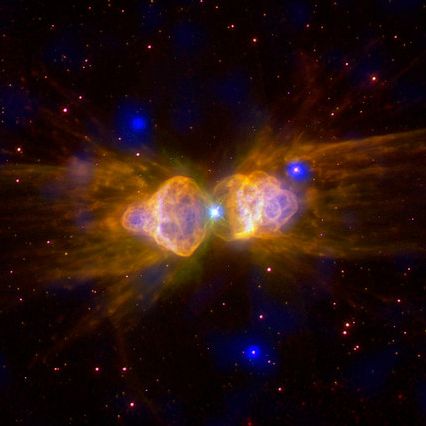Faster than Light
When they discovered particles going faster than light at CERN, they didn’t want to believe themselves. They were practically begging the rest of the community to find a mistake in this discovery. Why would they do that? This post and its follow ups will try to shed some light on this strange lack of faith.
